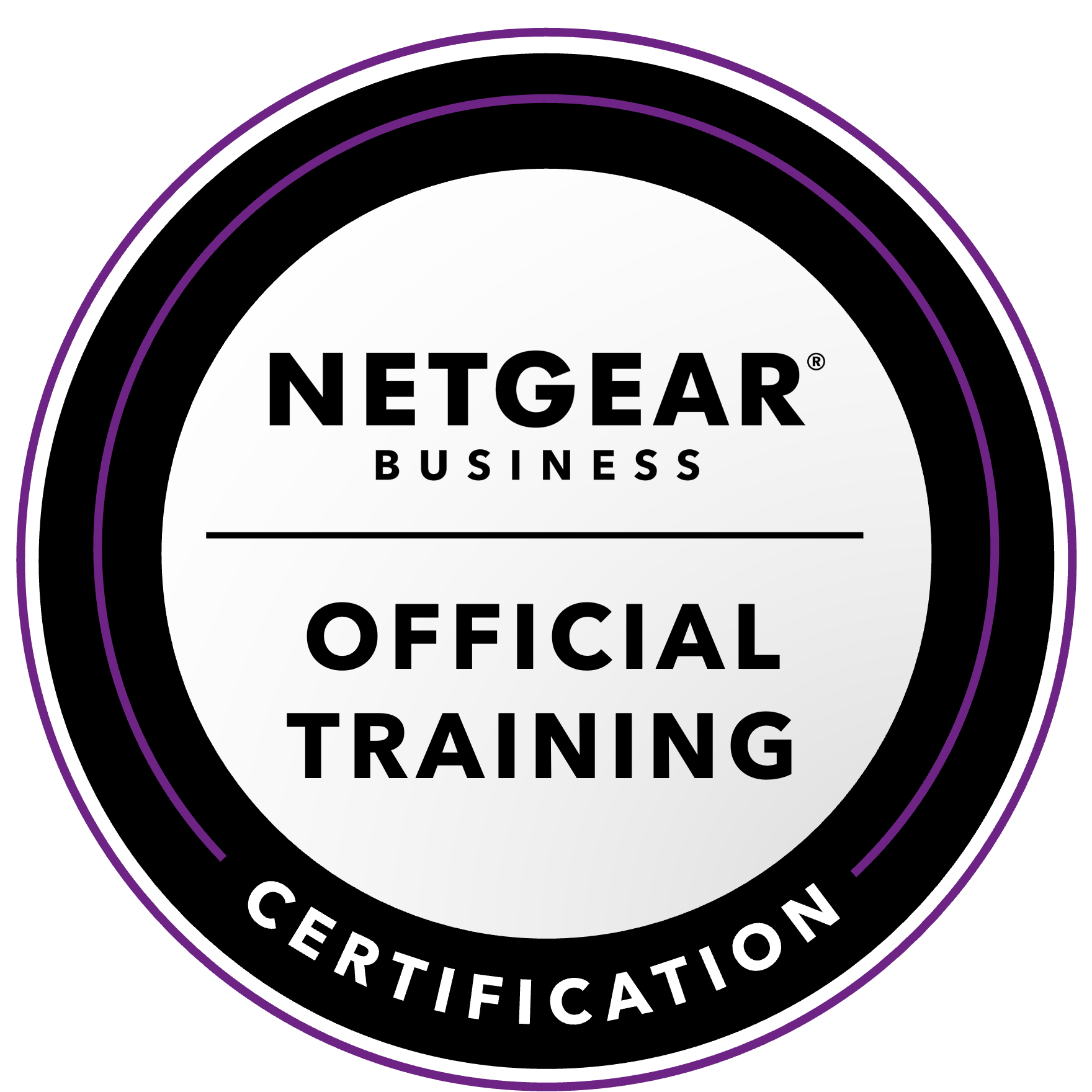NETGEAR is aware of a growing number of phone and online scams. To learn how to stay safe click here.
Forum Discussion
PeteCress
Jan 15, 2017Apprentice
Recommendation for 12TB X-RAID2 to Mirror Ultra-6 ?
My main storage is an old Ultra-6 running X-RAID2 (i.e. it can lose 2 drives without losing the array).
I've been trying to chince out and use a 20-drive DriveBender box to mirror it for backup purposes, but I think I have shot myself in the foot with the over-six-drive vibration thing.
So now I am contemplating something like a ReadyNAS 316 populate4d with as many 4-TB drives as I need to match the Ultra-6 and leave a little extra. I'm going to guess that will be 11-12 TB.
The Questions:
- Am I on the right track with the 316?
- However many 4-TB drives I need to get that 12 TB of dual redundancy, will I be able to add more 4-TB drives in the future without re-building the array?
- Given the 6-drive limit for drives like WD-Reds, is there some cheaper solution where I would have multiple separate enclosures that could be linked together into another box so that their drives form a single array?
I have quite a few smaller (2-TB and 1-TB) drives and if they could be used in separate boxes to get around the 6-drive max that would save some money.
- If the Ultra 6 has enough performance for your needs then the step up to the 316 should be good. I would use the 316 as your new main NAS with the Ultra 6 as the backup. If you want a big step up in performance we do have the new RN526X and RN626X which have two 10GbE ports. We also have some 8-bay units the RN528X and RN628X which we announced earlier this month at CES.
- You'll need at least 5. Using base-10 that'd give you 12TB. Using base-2 (which is what we use in the GUI on both RAIDiator-x86 and OS6) you'll get 10.91TiB. OS6 doesn't have the expansion limits that RAIDiator-x86 had. You can add additional 4TB disks later. You can also add higher capacity disks as you could with RAIDiator-x86.
- I believe WD REDs now can be used in up to an 8-bay (if you want to use more disks than that you need to look at enterprise disks which are much more expensive). We do have expansion chassis but the expansion chassis would have its own volume. If you had a single volume and the cable connecting the two boxes became disconnected that would cause big issues.
14 Replies
Replies have been turned off for this discussion
- mdgm-ntgrNETGEAR Employee Retired
- If the Ultra 6 has enough performance for your needs then the step up to the 316 should be good. I would use the 316 as your new main NAS with the Ultra 6 as the backup. If you want a big step up in performance we do have the new RN526X and RN626X which have two 10GbE ports. We also have some 8-bay units the RN528X and RN628X which we announced earlier this month at CES.
- You'll need at least 5. Using base-10 that'd give you 12TB. Using base-2 (which is what we use in the GUI on both RAIDiator-x86 and OS6) you'll get 10.91TiB. OS6 doesn't have the expansion limits that RAIDiator-x86 had. You can add additional 4TB disks later. You can also add higher capacity disks as you could with RAIDiator-x86.
- I believe WD REDs now can be used in up to an 8-bay (if you want to use more disks than that you need to look at enterprise disks which are much more expensive). We do have expansion chassis but the expansion chassis would have its own volume. If you had a single volume and the cable connecting the two boxes became disconnected that would cause big issues.
- PeteCressApprentice
How about synchronization?
My Bad: This question has already been answered in another thread.
FWIW the answer is "Yes" - use rsync backup.
Also, once the new box is loaded, the Ultra-6's OS can be changed to OS 6 (unsupported, but apparently works...) which would allow something called "ReadyDR".
- mdgm-ntgrNETGEAR Employee Retired
You could use backup jobs to backup data from one NAS to the other.
- PeteCressApprentice
How about 6TB drives?
It would seem like a 314 with 4 6-TB drives would allow for 10+ TB w/RAID-6.
I see several articles about problems with rebuild times and increased chances of some sort of error defeating RAID-6 as drive capacities increase - but it's all above my pay grade.
- mdgm-ntgrNETGEAR Employee Retired
You certainly could do that. It would depend on budget and what you want to achieve.
If you get a 6-bay you don't have to fill it immediately. So you could put in 4x6TB disks for now and add more later. 6TB disks are cheaper than higher capacity ones.You should consider how you anticipate your storage needs will grow over time. Using RAID-6, 6x6TB disks will give you double the volume capacity of a volume using 4x6TB disks. That's a lot of volume expansion just from adding a couple of extra disks (not needing to replace any).
Another point worth noting is that you can use a 316 to attempt to recover data from an Ultra 6. You can't use a 314 to do that unless there were four or less disks in the Ultra 6. See ReadyNAS: Migrating disks from RAIDiator to OS 6
Backing up data using backup jobs from one NAS to the other is of course preferable, but this is handy to know.
Of course if your Ultra 6 hardware died in the future you could at that point consider if you need to get a new 6-bay to attempt data recovery if your backup is not up to date.
By died of course I mean the chassis dying. Moving the disks to another chassis won't fix a problem with/on the disks.
When it comes to RAID, RAID-6 certainly provides more protection than e.g. RAID-5. No amount of RAID is a replacement for backing up data. RAID is great and redundant RAID levels used properly greatly reduces the chances of needing to do a full restore from backup, but there is still the possibility that may be needed. Better to be safe than sorry.As disk capacities increase so do rebuild times so the chances of running into multiple disk failures during a rebuild do go up as disk capacities increase all else being equal.
X-RAID2 uses RAID-6 if you configured it to use dual-redundancy.
- StephenBGuru - Experienced User
PeteCress wrote:
My main storage is an old Ultra-6 running X-RAID2 (i.e. it can lose 2 drives without losing the array).
I think your questions have been answered.
I just want to add that X-RAID2 is just the second version of X-RAID. The change is that X-RAID2 supports disks of different sizes - the original X-RAID did not. The "2" doesn't mean dual-redundancy (or RAID-6).
So you might want to double-check that you actually are using dual redundancy. What is your current disk configuration?
- PeteCressApprentice
I agree 100% that my question has been answered.
If/when I do this thing, it will be a 316 with a full house of 4-TB drives running X-RAID2 and then, once I get the 316 loaded; I will migrate the Ultra-6 to the new OS, promote the 316 to being my production NAS box, and demote the Ultra-6 to being the backup box.
Yes, it's 100% certain that the Ultra-6 is running X-RAID2 with dual redundancy: RADiator 4.2.27, 10 TB available, 88% used.
I started out with 6 2-TB drives, upped them all to 3-TB, and lately have replaced 2 of the drives with 4-TB drives as needs arose for 3-TB drives elsewhere. Of course, it is not using all 4 TB of those drives because I have not factory-reset it yet.
- StephenBGuru - Experienced User
PeteCress wrote:
Yes, it's 100% certain that the Ultra-6 is running X-RAID2 with dual redundancy: RADiator 4.2.27, 10 TB available, 88% used.
Sure enough. 6x3TB single redundancy would show a 13 TB volume size.
PeteCress wrote:
If/when I do this thing, it will be a 316 with a full house of 4-TB drives running X-RAID2 and then, once I get the 316 loaded; I will migrate the Ultra-6 to the new OS, promote the 316 to being my production NAS box, and demote the Ultra-6 to being the backup box.
I did something similar with a 526X and my pro-6.
Though if you have a backup NAS you might not need dual redundancy. I went with single redundancy myself (6x3TB in the pro, 4x6TB on the RN526x).
Related Content
NETGEAR Academy

Boost your skills with the Netgear Academy - Get trained, certified and stay ahead with the latest Netgear technology!
Join Us!
